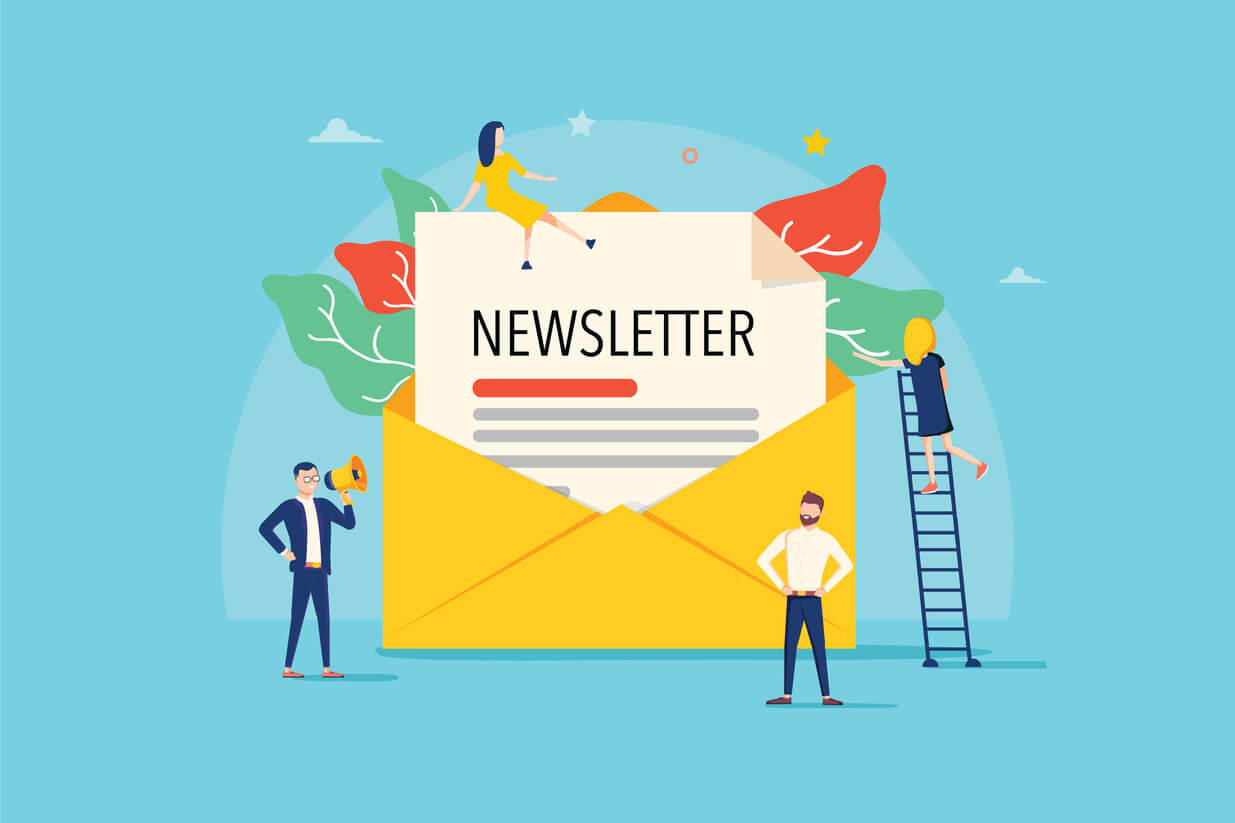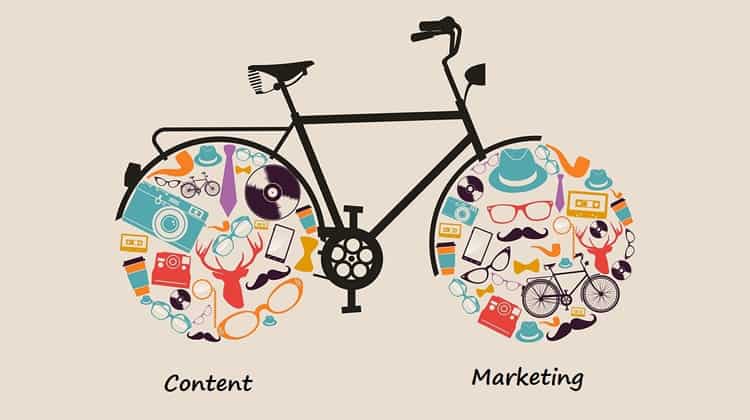Newsletters is a form of Email Marketing. They are much more than just a channel for sharing updates and promotions. They serve as a direct line of communication between businesses and their target audience. By delivering valuable content directly to subscribers' inboxes, newsletters enable businesses to establish credibility and build trust.
It is also one of the most profitable marketing activities available, with a ROI of $36:1.

They also give businesses the opportunity to showcase their expertise, share industry insights, and address customer pain points. [Actually, we have another marketing channel addressing this as well. You can learn more here].
But, as you see, by providing relevant and useful information, businesses can position themselves as a go-to resource and strengthen customer relationships.
In addition to establishing credibility, newsletters play a crucial role in nurturing leads and driving conversions. By consistently delivering valuable content to subscribers, businesses can keep their brand top-of-mind and increase the likelihood of converting leads into customers.
Benefits of Effective Newsletters
An effective newsletter strategy can yield numerous benefits for businesses. We summarize a few:
Benefits of an Effective Newsletter Strategy:
Consistent, valuable content keeps your brand relevant.
Example: Beauty brand sends makeup tutorials & product recommendations.
Valuable content builds trust & encourages repeat business.
Example: Pet store shares pet care tips & exclusive discounts.
Strategic links to relevant content & product pages.
Example: Outdoor gear store shares hiking tips & links to product reviews.
Analyze open rates, click-throughs, & feedback.
Refine strategy & optimize future campaigns.
Key Elements of a Successful Newsletter
Content Quality and Relevance
When it comes to newsletters, content is king. To capture and retain the attention of subscribers, it is vital to provide content that is high-quality, relevant, and valuable. This includes industry news, expert insights, educational articles, and exclusive offers or promotions.
But what makes content truly valuable? It's all about understanding the needs and interests of your target audience. By conducting market research and analyzing customer data, businesses can gain insights into what their subscribers are looking for. This knowledge allows them to create content that resonates and compels subscribers to take action.

Furthermore, personalization plays a crucial role in content relevance. Tailoring the content to the specific interests and preferences of subscribers can significantly enhance engagement and drive conversions. Whether it's through segmentation, dynamic content, or personalized recommendations, customization is key.
Design and Layout Considerations
The design and layout of a newsletter play a significant role in its effectiveness. A visually appealing and well-organized newsletter enhances readability and keeps subscribers engaged.
It is crucial to choose a clean and professional design that aligns with the brand identity. Consistent branding, including logos, colors, and fonts, establishes familiarity and reinforces brand recognition. This helps subscribers easily associate the newsletter with the business and builds trust.
It is very important to consider the mobile-friendliness of the design. With the majority of email opens occurring on mobile devices, ensuring that the newsletter is optimized for different screen sizes is imperative. Responsive design techniques, such as fluid layouts and scalable images, can help deliver a seamless experience across devices.
Additionally, the use of visual elements such as images, infographics, and videos can enhance the overall appeal of the newsletter. These elements not only make the content more engaging but also help convey information more effectively.
Frequency and Timing of Distribution
The frequency and timing of newsletter distribution can significantly impact subscriber engagement. While it is important to maintain regular communication, bombarding subscribers with daily newsletters may lead to increased opt-outs.
Understanding the preferences of the target audience is crucial in determining the optimal frequency of newsletters. Conducting surveys or analyzing subscriber behavior can provide insights into the ideal cadence. Some subscribers may prefer a weekly digest, while others may appreciate a monthly roundup.
Best Practices for Newsletter Creation
Identifying Your Audience
A successful newsletter begins with a clear understanding of your target audience. Conducting thorough market research and developing buyer personas can help businesses better understand their subscribers' demographics, preferences, and pain points.
By segmenting the audience and crafting targeted messaging, businesses can deliver content that is highly relevant and tailored to the specific interests and needs of each group.
Choosing the Right Content
Once the target audience is defined, businesses must choose the right content to include in their newsletters. This involves striking a balance between informative, educational, and promotional content.
By providing valuable insights, tips, or industry news, businesses can position themselves as a trusted authority. Including exclusive offers or promotions can also incentivize subscribers to take action and drive conversions.
Designing for Impact
The visual appeal of a newsletter is crucial for grabbing and holding subscribers' attention. A well-designed newsletter layout with eye-catching visuals and a clear hierarchy of information can enhance readability and engagement.
Incorporating compelling images, headers, and call-to-action buttons can prompt subscribers to take the desired action, whether it is visiting a website, making a purchase, or sharing the newsletter with their network.
Enhancing Newsletter Engagement
Personalization Techniques
Personalization is key to improving newsletter engagement. By addressing subscribers by their names and tailoring content based on their preferences, businesses can create a personalized experience that resonates with the audience.
In addition, dynamic content that adapts based on subscribers' behavior or segmentation can further enhance engagement. For example, recommending products or articles based on previous interactions can drive clicks and conversions.
Interactive Elements
Adding interactive elements to newsletters can significantly boost engagement and make the content more memorable. Including surveys, polls, quizzes, or interactive infographics can encourage subscribers to actively participate and provide feedback.
Furthermore, incorporating social media buttons or widgets allows subscribers to easily share the newsletter with their networks, increasing the reach and visibility of the content.
Call to Actions
A clear and compelling call-to-action (CTA) is vital for driving the desired response from subscribers. Whether it is making a purchase, downloading a resource, or signing up for an event, the CTA should be prominently featured and clearly communicated.
Using action-oriented language and creating a sense of urgency can motivate subscribers to take immediate action. It is also important to ensure that the landing page or destination linked in the CTA is optimized for conversion.

Unlock Its Potential
By understanding the importance of newsletters, implementing key elements of success, and following best practices, businesses can unlock the full potential of this marketing channel.
Compelling content, attractive design, personalized experiences, and clear CTAs are the building blocks of an effective newsletter strategy. By continuously analyzing data, listening to subscribers' feedback, and adapting to changing trends, businesses can harness the true power of newsletters and pump up its revenue.


-AK-148968-preview.png?width=842&height=310&name=1.01-1x1px-Embertribe-(Client-Services)-AK-148968-preview.png)








-1.jpg)






%20-%20500x500%20-%20SP%20-%2045.01.png)
%20-%20500x500%20-%20SP%20-%2049.01.png)
%20-%20500x500%20-%20SP%20-%2057.01.png)


.png)